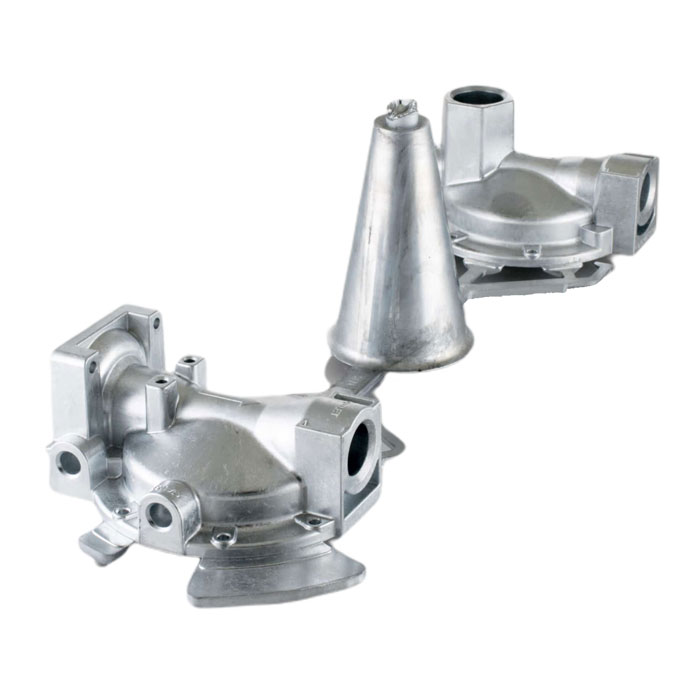Zinc Die Casting
2023-10-18
Zinc die casting is a manufacturing process that involves the production of metal components using zinc as the primary material. It is a popular method for creating complex, detailed, and dimensionally accurate parts with high precision and excellent surface finish. The process is commonly used in industries such as automotive, electronics, appliances, and telecommunications. Here's an overview of the zinc die casting process:
1. Mold Preparation: The process begins with the preparation of a mold, typically made of steel, that is designed to produce the desired shape of the final component. The mold consists of two halves, the "die" and "cover die," which can be opened and closed.
2. Melting and Injection: Zinc alloys, which typically contain a mixture of zinc, aluminum, and copper, are melted in a furnace at high temperatures, usually around 420-460°C (788-860°F). Once the molten zinc reaches the desired temperature, it is injected into the mold cavity under high pressure using a hydraulically operated machine called a die casting machine.
3. Cooling and Solidification: The molten zinc rapidly cools and solidifies when it comes into contact with the cooler surface of the mold. Cooling time can vary depending on the size and complexity of the component being produced.
4. Ejection: After the solidification process is complete, the two halves of the mold are opened, and the newly formed zinc part, known as the casting, is ejected from the mold using ejector pins or an automated ejection system.
5. Trimming and Finishing: The casting may have excess material, such as flash or sprues, which are trimmed off to achieve the final shape. Additional finishing operations, such as deburring, polishing, or surface treatments like plating or painting, may be performed to enhance the appearance and functionality of the component.
Advantages of Zinc Die Casting:
- Excellent dimensional accuracy: Zinc die casting allows for the production of intricate and detailed components with tight tolerances.
- High production efficiency: The process enables fast cycle times, resulting in high production rates.
- Good surface finish: Zinc castings often have a smooth and aesthetically appealing surface that requires minimal post-processing.
- Exceptional strength and durability: Zinc alloys offer excellent mechanical properties, including high strength, corrosion resistance, and good thermal conductivity.
- Cost-effective: Zinc is relatively abundant and less expensive compared to other metals, making zinc die casting a cost-effective manufacturing method.
Zinc die casting offers numerous advantages, making it a popular choice for producing a wide range of components across various industries. Its ability to create complex shapes, combined with its mechanical properties and cost-effectiveness, makes it a versatile and efficient manufacturing process.



